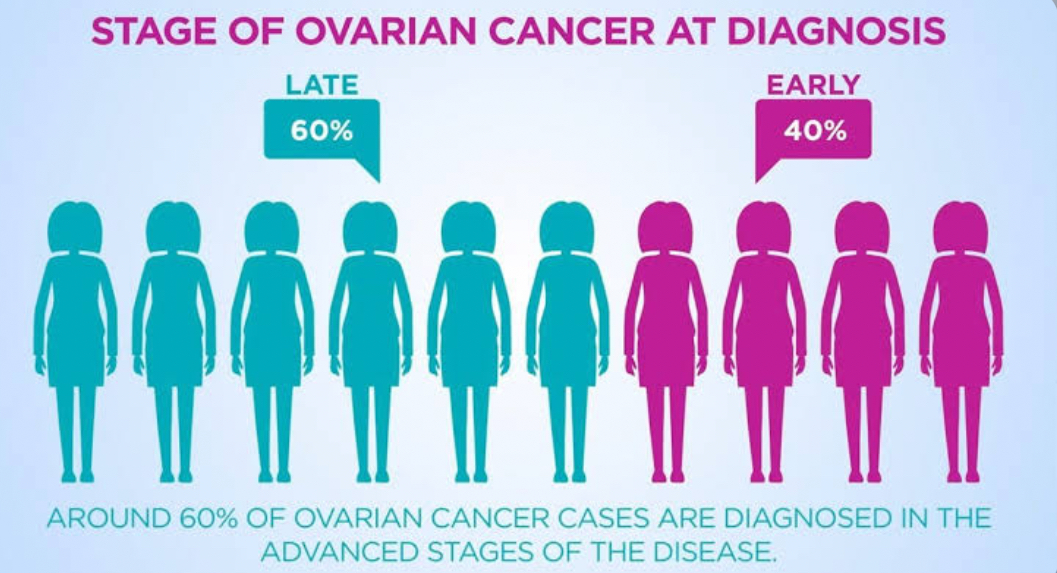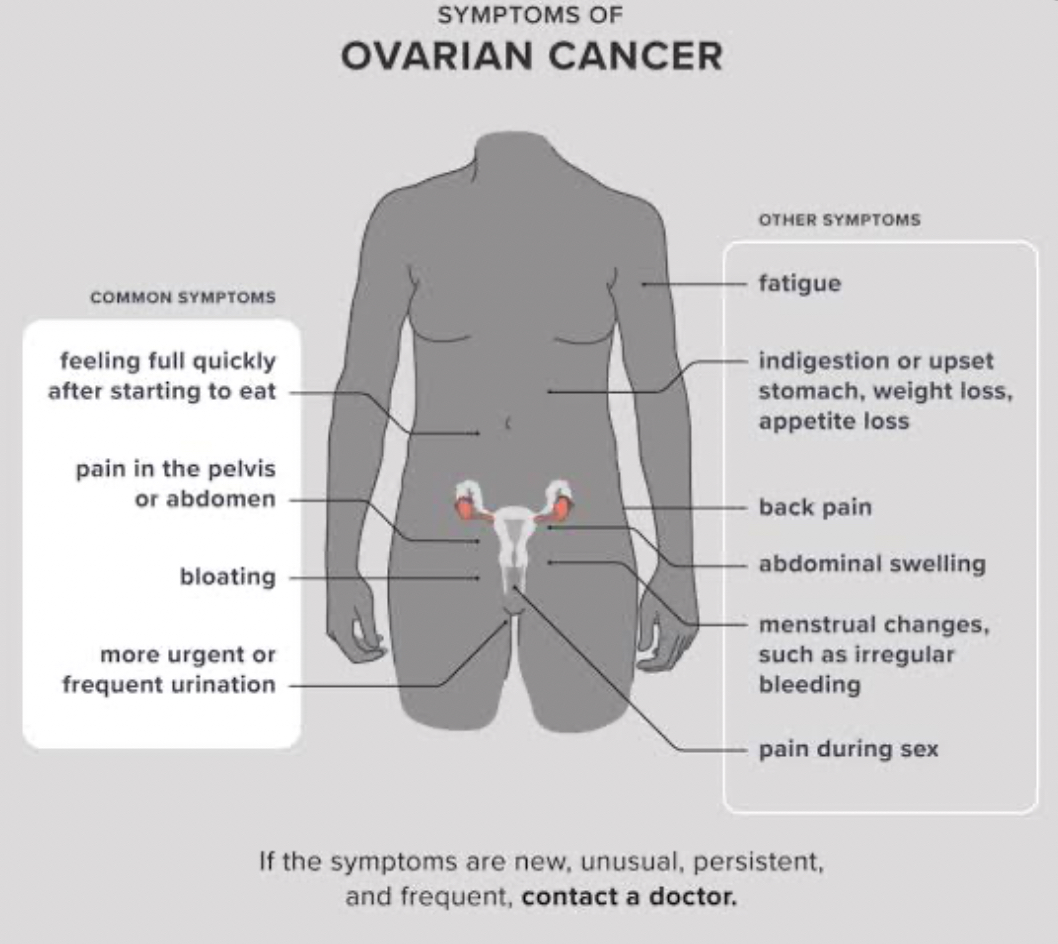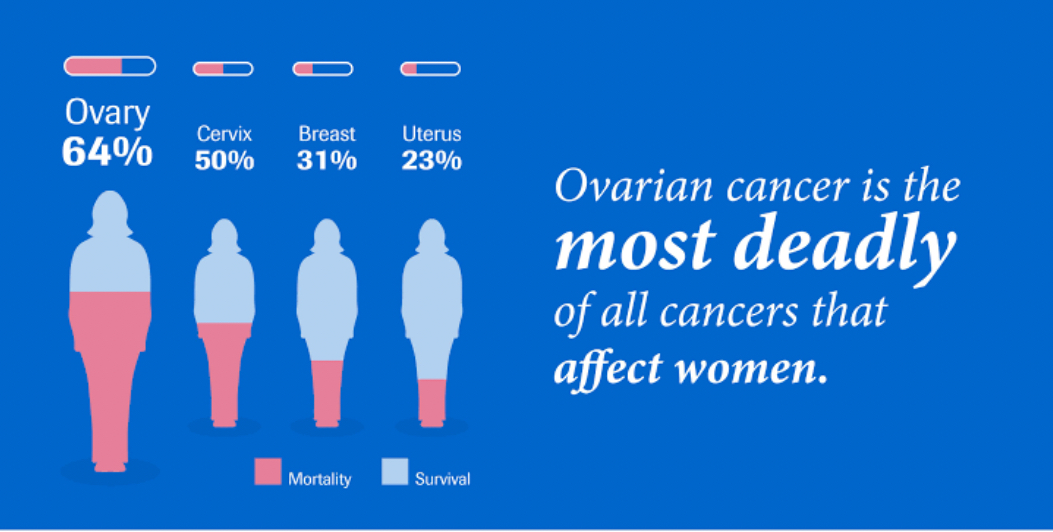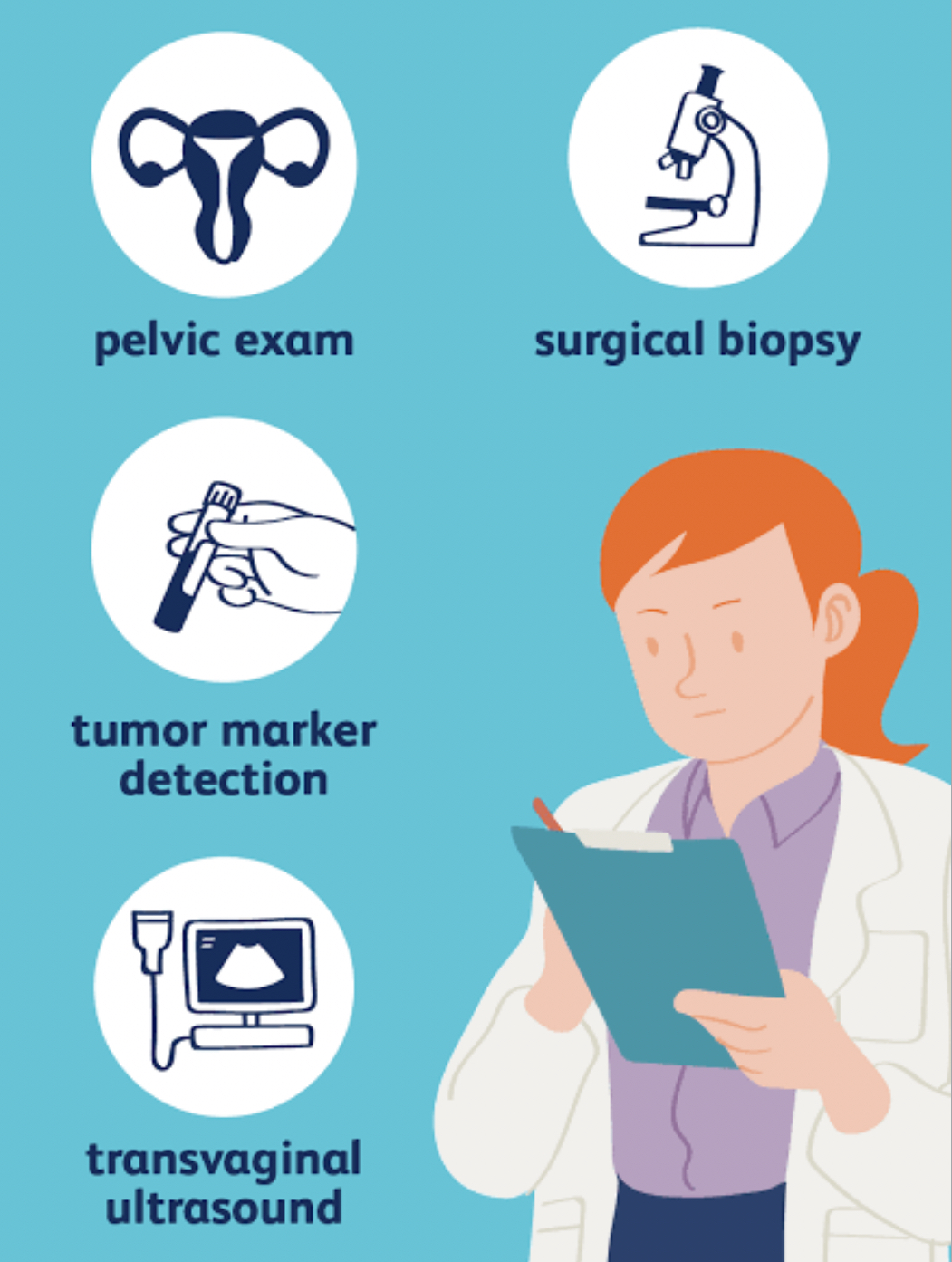The third most common cancer in India is ovarian cancer, which is a major danger to women's health. Its sneaky behavior has earned it the scary name "silent killer," demonstrating how important it is to raise awareness and take steps to stop it.
Getting to Know the Enemy: A Summary of Ovarian Cancer
The ovaries are an important pair of female reproductive parts because they make hormones and release eggs. Ovarian cancer happens when abnormal cells in the ovaries multiply out of control and form cancerous lumps. If left untreated, these tumours have the potential to spread to nearby tissues and organs.

Due to its covert nature, ovarian cancer frequently exhibits minor symptoms. Ovarian cancer can progress painlessly for a considerable amount of time, in contrast to certain cancers that manifest with visible changes. Early in this asymptomatic phase, prompt detection is particularly challenging. Particularly challenging is early detection.
A Multifaceted Threat: Risk Factors Associated with Ovarian Cancer
While the exact causes of ovarian cancer remain under investigation, several factors are known to elevate the risk:

- Age: With age, the risk of ovarian cancer increases, with the highest incidence occurring in women over 50.
- Genetics:Inherited mutations in genes like BRCA1 and BRCA2 significantly increase the risk.
- Reproductive History: Never having been pregnant, experiencing early menstruation, or undergoing late menopause can contribute to a higher risk.
- Hormonal Conditions: Polycystic ovarian syndrome (PCOS) and endometriosis may be associated with an increased risk.
- Lifestyle Factors: Obesity, inactivity, and exposure to environmental pollutants are potential contributors.
- Family History: Having a close relative with ovarian cancer raises the risk.
Rising cases and the difficulty of finding them late are two worrisome trends
An increase in ovarian cancer cases is causing concern in India. This disease affects about 6.8 out of every 1,000 women, according to the Indian Council of Medical Research (ICMR). Unfortunately, the disease often remains silent, leading to late diagnosis due to a lack of screening schemes. Treatment is less likely to work, and it costs a lot for the healthcare system.

Doctor Babita Bansal Singh, a top consultant in radiation oncology, talks about the age factor and how important it is to find cancer early. Intervention early on leads to much better treatment results.
Unveiling the Shadows: Symptoms to Watch Out For
While ovarian cancer may not present with glaring symptoms in the early stages, some red flags deserve attention:
- The patient is experiencing persistent pelvic or abdominal pain, pressure, or swelling.
- Frequent urination
- Eating or feeling full quickly can be difficult.
- Unexplained weight loss or gain
- Bloating, constipation, or gas
- There is a sensation of a lump in the lower abdomen.
Experiencing any of these symptoms, particularly when they persist or worsen, necessitates consulting a doctor for a proper evaluation.
Early detection saves lives: a sign of hope
Ovarian cancer is treatable, particularly if detected early. Early discovery means less invasive treatments, like surgery, and a better chance of going into long-term remission.
Dr. Priyanka Suhag, an expert in obstetrics and gynaecology, emphasises the importance of understanding why some people with ovarian cancer don't have any symptoms in order to detect the disease earlier.

Several diagnostic tools can aid in early detection:
- Pelvic exam: A physical examination is required to assess the ovaries for any abnormalities.
- Pelvic ultrasound: This imaging test uses sound waves to create a picture of the ovaries and uterus.
- CA-125 blood test detects: In ovarian cancer cases, the CA-125 blood test detects an elevated protein marker. However, it's not a definitive test and can also show elevated levels in other conditions.
While these tests are not foolproof, they can be valuable tools when used in conjunction with a doctor's evaluation and a woman's medical history.
The way forward: giving women power through early intervention and awareness

To stop the spread of ovarian cancer in India, several steps are necessary:
- Risk factors: Women need to know about risk factors, signs, and how important it is to find cancer early.
- Encourage screening: Having screening programs that are easy to access and don't cost a lot of money can help find problems early, especially for women who are at high risk.
- Open communication is encouraged: Women should feel free to talk to their doctors about any signs that worry them.
- Investing in research: To improve outcomes, further investigation into the causes, prevention, and treatment of ovarian cancer is necessary.
We can make the future better by working together
Fighting the rising number of ovarian cancer cases requires everyone to work together. Healthcare workers, the government, and women themselves can all do their part. We can create a future where ovarian cancer is no longer a silent killer but a disease successfully controlled and beaten by raising awareness of the disease, advocating for easy access to screening programmes, and funding research projects.
Image Source: Multiple Agencies
Inputs from Agencies
© Copyright 2024. All Rights Reserved Powered by Vygr Media.





















